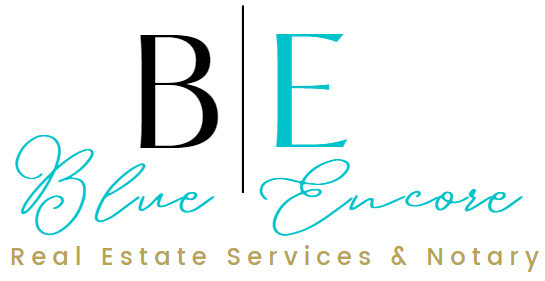ARV: The letters ARV stand for “After Repair Value”. ARV is the market value of a property after all repairs and modifications are completed to its best possible condition.
The goal of calculating the ARV is to decide on an expected price that a home can sell for after a full renovation is completed. Investors often work backward from the ARV in order to decide what a property is worth in its current condition or its “As-Is” Value.
Real estate investors calculate ARV by analyzing the latest real estate sales and market information, then coming up with a realistic conclusion. The purpose of finding the ARV is in order to make the best investment decision possible, whether it’s for fixing and flipping a house or just rehabbing to improve the value of the home.
The specific types of people that can benefit from ARV include:
- BRRRR Investors
- Fix and Flippers
- Real Estate Wholesalers
- Virtual Wholesalers
- Home Appraisers
- Mortgage Lenders
- Hard Money Lenders
- Private Money Lenders
- Real Estate Brokers
- Real Estate Developers
What is an ARV Loan?: An ARV loan is financing to purchase a property based on the estimated value once the proposed renovations are completed. These loans are used to buy, renovate, and develop distressed properties.
With ARV loans, lenders decide on the loan amount based on a percentage of the after repair value of the property. This percentage is called a loan-to-value ratio (LTV).
What is Maximum Allowable Offer (MAO) The Maximum Allowable Offer (MAO) is a well known calculation real estate investors and real estate entrepreneurs use to determine the price they would like to offer on an investment property.
There are four essential components to the MAO formula:
- After Repair Value
- Rehab/Repair Costs
- Fixed Costs
- Profit you desire
Affidavit as to Debts and Liens: Describes the condition of the property with respect to any outstanding debt and/or liens that are currently placed on the property.
ALTA Settlement Statement: An itemized list of all fees or charges that the buyer and seller will pay during the settlement portion of the transaction.
Amortization Schedule: A complete table of periodic loan payments, showing the amount of principal and interest that make up each payment until the loan is paid off.
Certification for No Information Reporting on the Sale or Exchange of a Principal Residence: This document is required by the IRS in order to determine whether or not a 1099 form will be issued to the signer at year-end for tax filing purposes on the sale of the property. A 1031 Exchange is a transaction in which a taxpayer can defer the consequence of a sale by exchanging one investment property for another.
Closing Disclosure: A detailed document itemizing all closing costs. It outlines important closing information such as the loan amount, interest rate, monthly payment projections, closing costs, cash to close, payoffs and payments, disclosures, loan calculations, etc.
Signature/Name Affidavit: The signer must state any name they may be known by or have shown up on any credit reports or loan documents. The signer affirms that they are the person named on the Note and Security Instrument/Deed and that the signature is their legal signature.
W-9 Request for Taxpayer Identification Number and Certification: This document requests the name, address, and taxpayer identification information of the signer. If there are 2 signers, each signer will have their own version of this document.
Warranty Deed: The seller guarantees that they hold clear title to a particular piece of real estate and has the legal right to sell it to the buyer.
